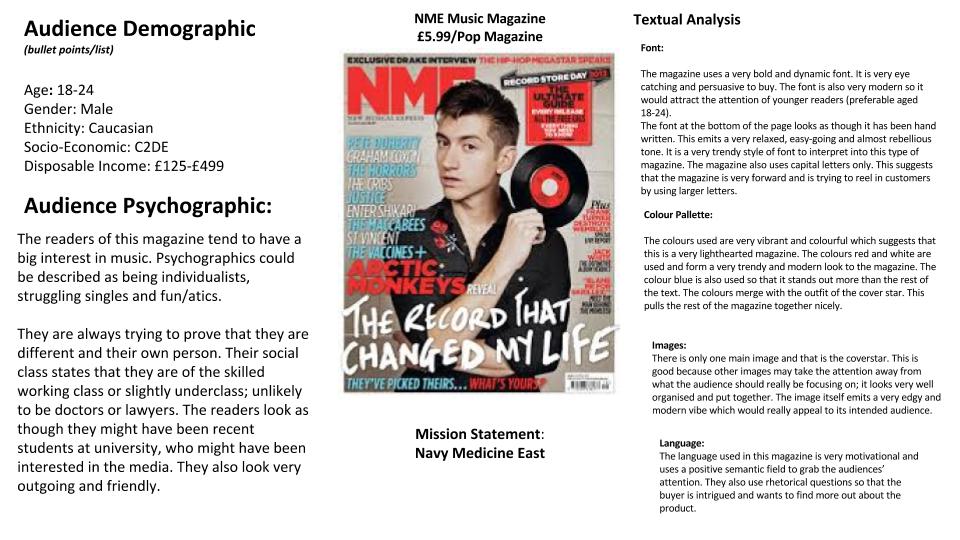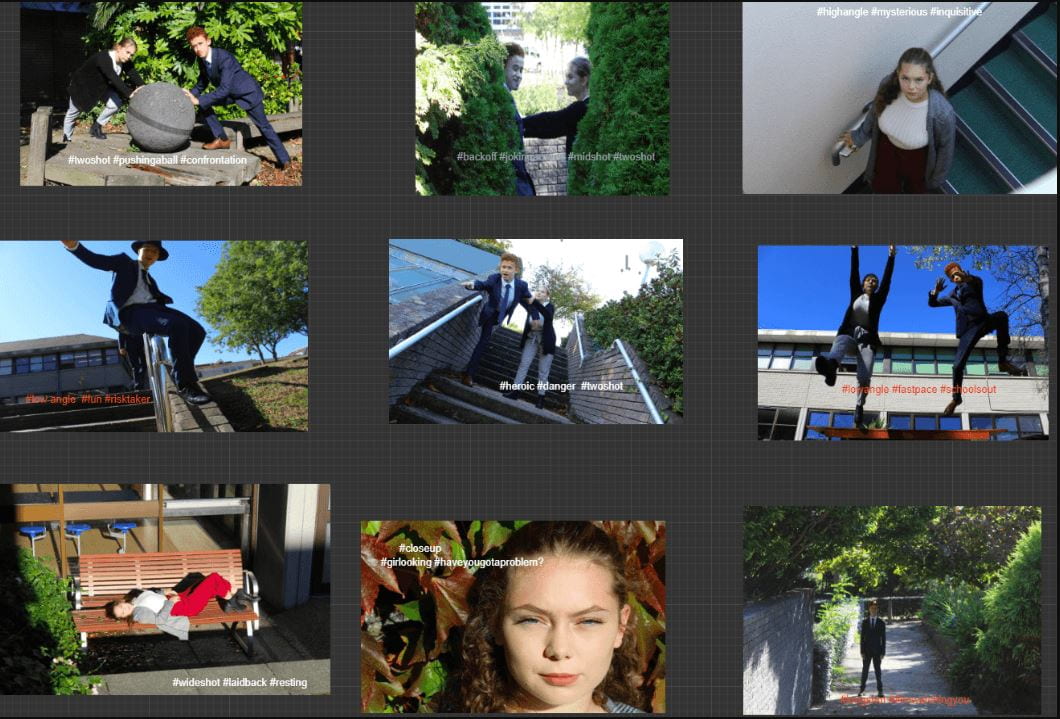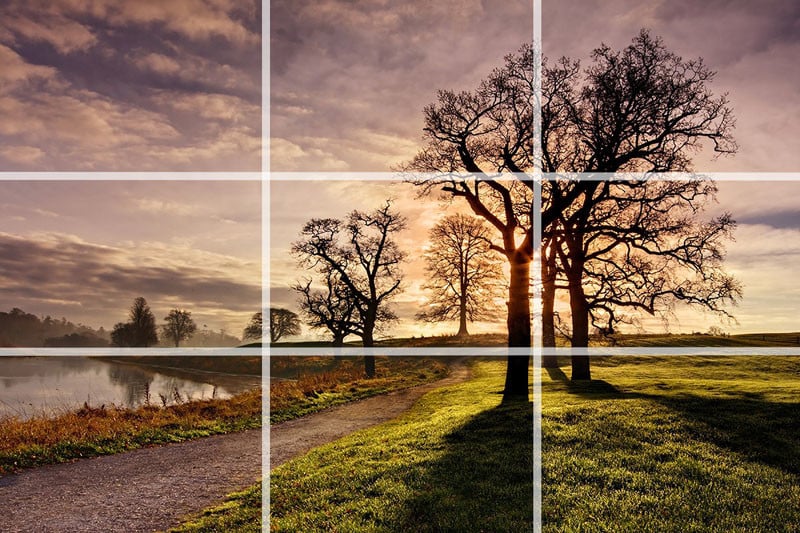KEY TERMS: represent, connote, infers, implies, suggests etc
Task
Complete a thorough textual analysis of a music magazine from the previous class slideshow (some of the research will already have been done for you). Choose a different one from the one you did an audience profile for.
The analysis should include the following:
1) A description of their target audience.
- To help you, you should use yougov.co.uk site and the profiles section
- Another way to help you understand the target audience (of a commercial media product) is to look at the adverts within it.
- Not the ads on their websites, (those are generated by cookies that help web companies follow you and give you personalised adverts), but the adverts they put inside the magazine (if you can find those).
- You should also refer to the attached audience segmentation document to help identify a suitable classification for the target audience.
2) You should also explain their brand, which is defined in their mission statement.
- You should be able to find their mission statement.
- Here is the mission statement for the Kerrang brand.
- I found this by Googling ‘Kerrang Mission Statement’…easy peasy.
(If you understand the audience and the brand this will help you unpick the design. The designers and editors will have had the audience and brand at the heart of their decision making and so should also be at the heart of your textual analysis.)
3) Use the correct terms for the technical conventions when talking about the design elements attached to them i.e. the masthead represents, the plug language connotes, the cover lines font infers etc…..
4) Consider how those design elements are shaped to communicate meaning, which will reflect the brand and mission statement – look for the signs, symbols, colours, fonts, framing, MES, facial expression, body language, language etc that have been used to convey a narrative, to represent a genre, to sell a brand).
Here is an example from a previous student that includes some very detailed observations:

This is the format we would like you to follow and use the sub-headings included. Some of the sections can be bullet pointed or lists, but others will require some analysis to include the terms: represents, implies, suggests, signifies etc when doing a textual analysis.
Use this link so that you can take a copy of the slideshow and insert your own image and do your analysis.

